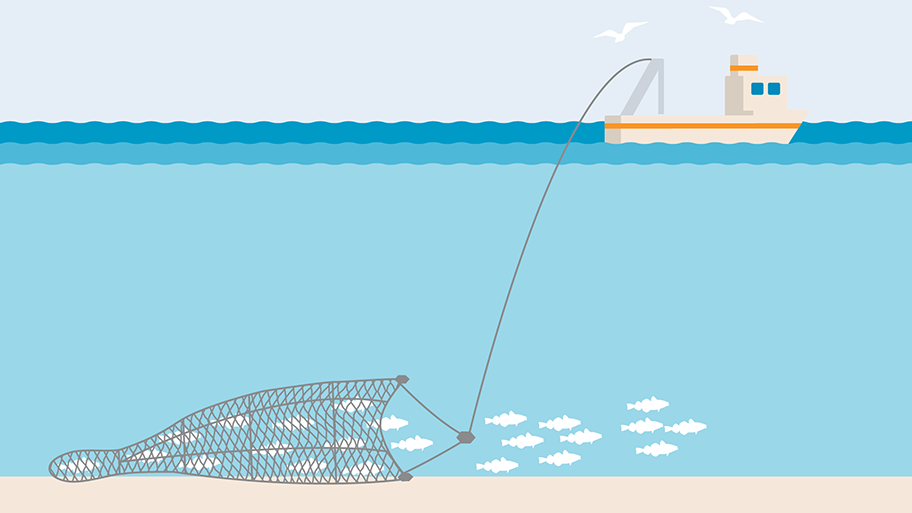Zonetail Butterfly ray
Zonetail Butterfly Ray
Gymnura Zonura
Stingrays are some of the most majestic creatures when it comes to the underwater world. There are many species that belong to the stingray family. One such species is called the Zonetail Butterfly Ray. It is also known as the Gymnura Zonura in the scientific community and it belongs to a subclass that is called Elasmobranchii. Like most stingrays, these rays contain venom in their barbed tails. They can be found around the size of 106 cm. Their specific population numbers are not known.HABITAT and ROLE
Zonetail Butterfly Rays are found in tropical reef waters of depths in a range of 28 to 37 meters. They are found across the oceans from the East Indian to the Western Central pacific regions. For reference, the countries that surround this region are India, Indonesia, Singapore, and Thailand. Stingrays, in general, provide many benefits for the ecosystem. One role that rays fit under is that they bring much needed nutrients from the seafloor that provide the energy needed for phytoplankton to grow.
https://www.msc.org/en-us/what-we-are-doing/our-approach/fishing-methods-gear-types/demersal-or-bottom-trawls
SPECIES DECLINE and IMPORTANCE
These rays are, like many other species in the ocean, are caught by various methods such as demersal trawl, trammel fisheries, gillnet fisheries, and tangle nets. The caught rays are utilized for their meat. Although, the amount of meat processed from them is very minimal due to their small size. While they provide countless benefits to ecosystems, some of the most important ones are with the fact they support the growth of Phytoplankton. Phytoplankton may be small, but they produce half of the oxygen we breathe!
CONSERVATION EFFORTS
While there are many conservation efforts for sting rays in general, there are a few ways that conservation is done for this specific species. One of things being done by researchers is monitoring the species. With the data obtained from monitoring species, conservationist can use this information to prevent the loss of its habitat through methods of legal protection.
SCIENTIFIC TOOLS
Geography can aid in conservation of species like the Zonetail Butterfly Ray through methods of mapping their specific habitat locations. With tools like location trackers attached to rays, researchers and conservationist can find general regions in which rays are found. They can use these locations to focus specific habitat conservation efforts towards these areas.
Call for Change
There are some ways for individuals to save the endangered Zonetail Butterfly Ray. Here are some things you can do to help:
-Clean out hooks and lines from the water when possible
-Eat sustainably sourced seafood from the grocery store
-Donate to organizations like Marine Megafauna Foundation
-Return stingrays to the water if you catch one
-Limit your use of single-use plastic
Explore these links for the information sourced in the blog or to learn more about this species.
Links:
Endangered Species around the world






Comments
Post a Comment